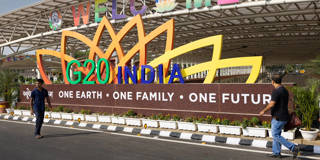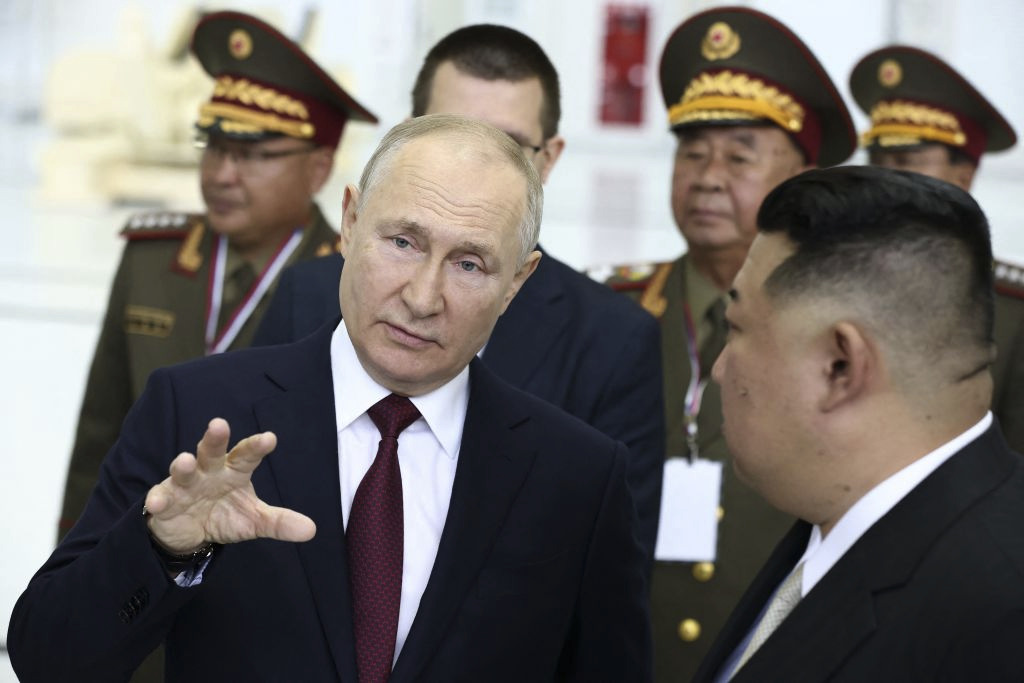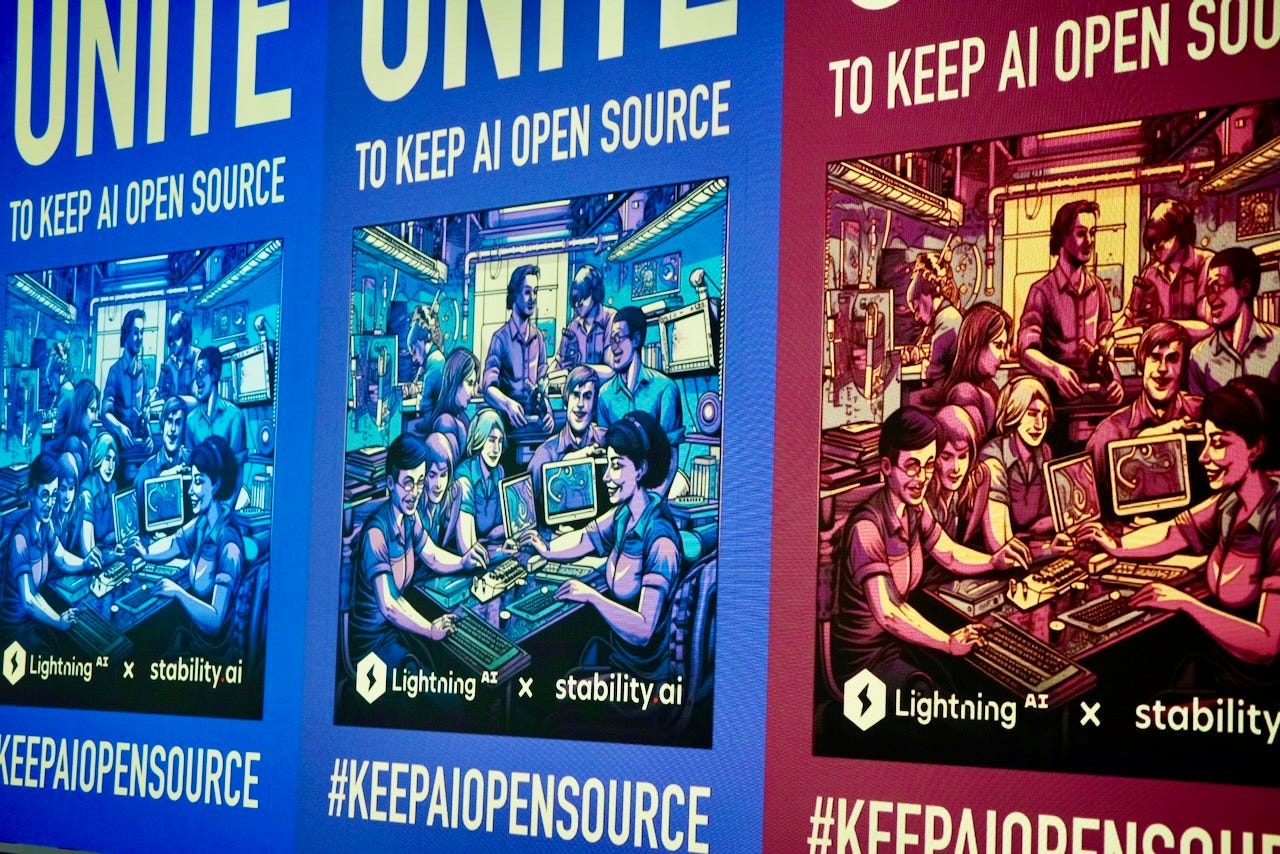AIHIK SUR

The Indian government has released a cybersecurity advisory cautioning that Indian defence personnel are being targeted by Pakistani cyber attackers. These attackers are reaching out to their targets using websites registered under the domain - .IN.
Cyber threat actors are constantly devising new methods to target potential victims, and this is one of their most recent tactics.
Moreover, this particular tactic is significant as the .IN domain is India's top country code internet domain, hence making it harder for people to discern where the website is being operated and by whom.
According to the advisory accessed by Moneycontrol, these websites are being hosted by Pakistan-based malicious actors, and are being used "to trap Indian defence personnel".
This comes at a time when various branches of the Indian defense, including the Indian Navy, have been targeted by threat actors.













